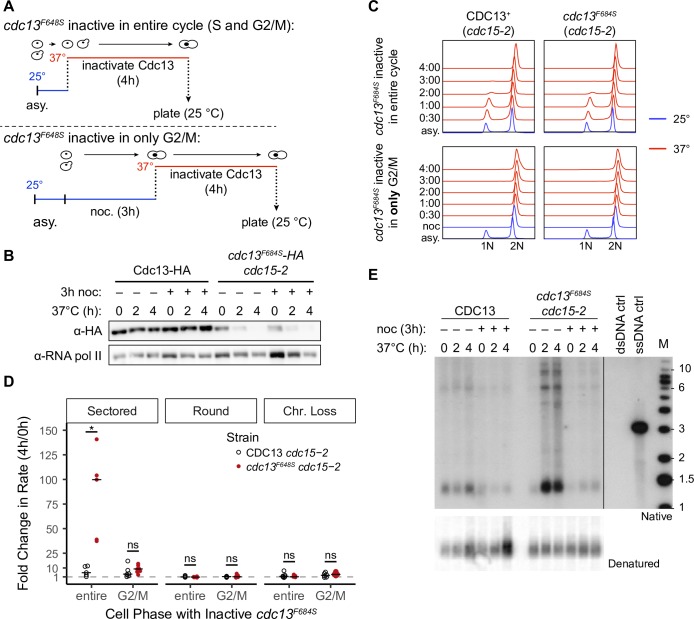Fig 4. Cdc13 suppresses the formation of unstable chromosomes during S phase.
(A) The experimental system to either inactivate or activate cdc13F684S during S phase. Top: inactive cdc13F684S for the entire cell cycle, cells were grown to mid-log then incubated at 37°C for 4 hours. Aliquots for the instability assay were taken at 0h (before the temp. shift) and after 4 hours of incubation at 37°C. Bottom: inactivate cdc13F684S in only G2/M, cells were grown to mid-log at 25°C and then arrested with nocodazole (noc). After noc was washed out, cells were shifted to 37°C and kept arrested in G2/M with additional noc. Aliquots for the instability assay were taken at 0h (before the temp. shift) and after 4 hours of incubation at 37°C. (B) Exponentially growing Cdc13-HA or cdc13F684S-HA cdc15-2 cells were shifted from 25°C to 37°C for 2 or 4h. Whole cell extracts were prepared and analyzed by western blot with an anti-HA antibody. Anti-RNA polII was used for a loading control. The–nocodazole (noc) samples were shown in 3B and are shown here for comparison. (C) FACS analysis of DNA content. Cells were grown in liquid YPD as depicted in Fig 4A, and cells were taken at the indicated time points for FACS analysis. Blue traces: 25°C, red traces: 37°C. After noc arrest 99% of cells were in G2/M. The time increments refer to time after noc removed and the temperature was shifted. (D) The median fold change in frequency of unstable chromosomes between 4h and 0h (before the temp. shift). The relevant genotypes are as follows: open circles: CDC13+ control (cdc15-2); closed circles: cdc13F684S (cdc13F684S cdc15-2). The fold changes were calculated by dividing each 4h frequency by the corresponding 0h frequency for that particular sample (n = 5). The median was then calculated (horizontal bar). The statistical significance between strains per experiment is shown (* < 0.05; Mann-Whitney U). (E) Non-denaturing in-gel hybridization using a CA oligonucleotide probe with XhoI-digested DNA from the indicated samples (top). To control DNA input, the gel was denatured and transferred to a nitrocellulose membrane and hybridized with a telomeric probe (bottom).

